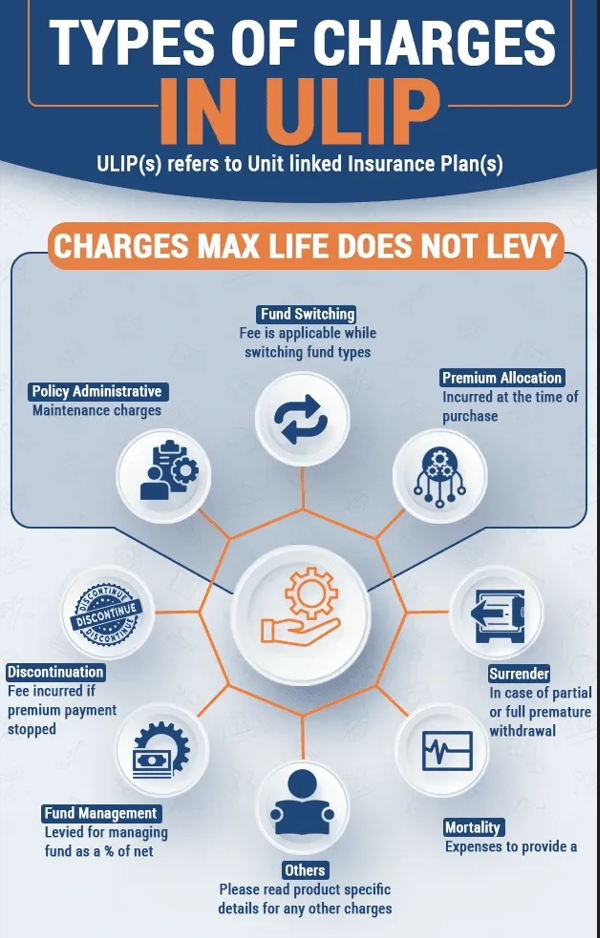From the initial
stage of goal setting to asset allocation, here is how you can induce
discipline to make the investing process more efficient, says Mr. Narendra
Nathan.
(1) Goal
setting..
Start at the
beginning inculcate discipline while setting goals. You can do so by employing
a scientific approach. The first step is to write down the goals and the
expected time frame for each. Though financial planning starts with dreams,
investors need to make sure that the goals are realistic.
The next step is to
calculate the money required for each in terms of todays cost, and then
computing the future cost by factoring in inflation.
(2) Creating
surplus..
The next step
involves identifying the investible surplus to achieve goals; the discipline
required is in creating the requisite amount. To do so, investors need to go
beyond the money left after accounting for all their expenses.
They need to make a
deliberate attempt to increase the savings by reducing the spending. The best
way to achieve this is to find out how much you need to invest to achieve the
goals with reasonable return expectations.
Once you know the
total amount you need to invest per month, you can arrive at the surplus
required.In other words,you need to change the investment habit from the normal
earning spending = investment to the more scientific earning investment =
spending.
(3) Regular
investments..
The next step is to
invest regularly through compulsory savings or / active investment plans.The former is the
best option for those who cant control their spending. The best examples of
this are the Provident Fund (PF), tax-saving products, or the repayment of
housing loans since you are building an asset.
One way to increase
the savings is to make investments before the money reaches you. The best way
is to save more money in your PF account over and above the compulsory 12 %
contribution. Though you get the same interest & tax treatment for the additional
contribution, do not expect an equal contribution by the employer.
You can also run an
active investment plan at the start of the month so that the money is invested
before being spent. This can be done in the form of recurring deposits (RDs),
systematic investment plans (SIPs) with mutual funds, monthly premiums for
ulips,etc, but remember not to get into
sub-optimal investment options like ulips.
(4) Investment
account....
The best way to
ensure that you do not invest in sub-optimal options is to start a separate
investment account. Is the benefit worth the effort of opening & maintaining another account Yes, says Mr. Vikram Dalal, MD, Synergee
Capital Services.
Two accountsone for
investments and the other for regular income such as salaryhelp get a clear
idea about your passive & active
income streams, he says. How does one operate these accounts Start by shifting
a fixed amount every month to the investment account from the regular one,and
let all your investments flow from the latter.
Similarly, let all
the redemptions,interests and dividends flow back to the investment account.
Since, the money in it is not used for consumption, it can be reinvested
immediately. It will also help monitor your investments and compute tax
efficiently.
(5) Asset
allocation...
Ideally, asset
allocation should be based on an informed view about the prospects of asset
classes. For instance, you should increase the equity allocation when the stock
market valuations are cheap & reduce when these are higher. The problem is
that most retail investors are unable to maintain the balance and, hence, the
best strategy should be to stick to the standard asset allocation based on age
or / the time period for goals.
This means the
equity percentage can be based on the formula 100 age, and one can park in
equity for long-term goals, in debt for medium-term ones. Those who follow this
mechanical asset allocation need to stick to the financial plan regardless of
the market conditions.
This is because
some rebalancing will take place automatically. So,the equity component will go
up in a bull market and this should result in moving a part of equity assets to
debt, and vice versa during the bear market. This also stops one from being
swayed by the crowd psychology.
from ET Wealth
































